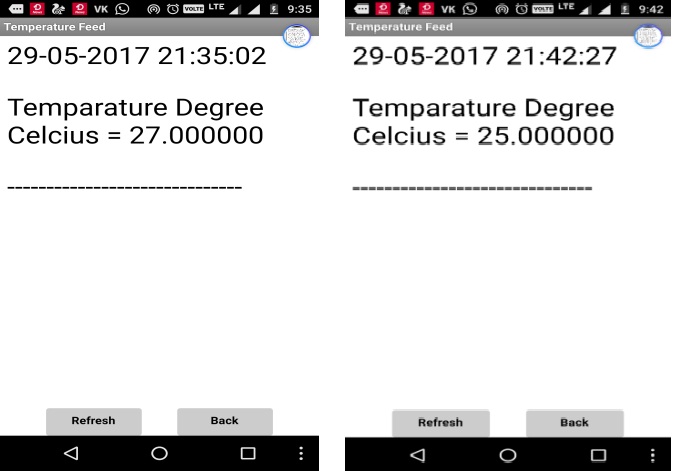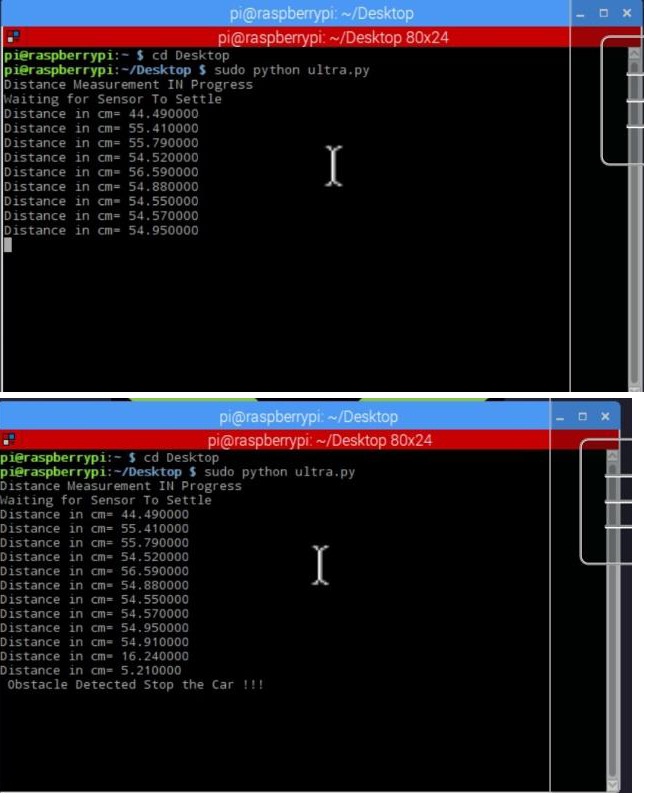





Published on Nov 30, 2023
The ventilator inhales fresh air from outside into the inside cabin of a vehicle and exhales hot air to the outside. On a sunny day, solar energy can be used to run the ventilator, and to charge the battery simultaneously. During a cloudy day, the ventilator can be driven by the battery. In this paper, heat transfer and energy balance inside the car were investigated. Moreover power consumption of the motor, power produced from the solar panel, radiation effect and battery charging time were investigated. The present study suggests that the motor in the existing ventilator should be replaced by a high speed motor. It is found that more electricity is needed for high speed motor in an improved ventilator. In this paper, a commercially available ventilator has been modified to improve its performance. The modification has increased air flow rate from 20 cfm to 110.5 cfm. The improved ventilator provided at least 11% better result of reducing the temperature inside a car compared to the existing one.
In modern era, most people drive cars and during driving sometimes the cars are needed to park in the open area where it is directly exposed to the sunlight. If the car is parked for too long time exposing the sunlight, the air inside the car becomes very hot. The temperature inside the car can easily rise to 60ºC. Even in fairly cloudy day, the temperature inside the car can easily reach 55 ºC. It is difficult to get on a car having exposed several hours to solar radiation. The hot temperature inside the car absolutely makes the driver feel uncomfortable in the first 10 minutes (Mezrhab and Bouzidi, 2005). In recent years, many works were reported on thermal comfort inside a car (Bureau et al., 2004; Martinho et al., 2004; Farrington et al., 1999; Jaksic et al., 2003). In a sunny day, the conditions of comfort inside a car depend closely on the exchanges of thermal radiation between the vehicle and its environment as well as internal radiation inside the car compartment. The radiation is undoubtedly the most instantaneous phenomena of energy transfer. To convince one, it is sufficient to consider the immediate feeling or relief which one experiences when one takes a shady road after having driven a long time in a sunny day.
During the summer season, for cars parked outside the cabin temperature can become be too high or too low thus making it difficult for drivers to sit comfortably in the cars to operate them. This Project presents a solution to this problem. Designing project to keep the interior of a car at a comfortable temperature while the car is parked in parking lot or on the driveway. This Project presents a solution to this problem. Designing project to keep the interior of a car at a comfortable temperature while the car is parked in parking lot or on the driveway.
1. The objective of this project is to design and implement an effective and inexpensive system to safely heat up or the interior of a compact car when it is parked in parking lot or on a driveway.
2. Harvesting of solar energy using PV cells for cooling.
It consist of solar power panel, Raspberry pi microcontroller, Relay, DTH 11 sensor, Air cooler, ultra sonic sensor, buzzer and battery.
Select the suitable PV cells for harvesting solar energy and storage using battery to actuate various air cooling components such as cooler and arduino UNO board. Arduino UNO board continuously senses the data from the sensors connected to it which measures the moisture and and temperature, forwards it to Raspberry Pi over USB interface Raspberry Pi is installed with RasbianJessy which is a LINUX based Operating System (OS).All the co-ordination functions are performed in Raspberry Pi implemented using python programming.


Fig. 4 No Obstacle Fig. 5 Obstacle in the range less than 10 cm

Car AC app can be used to check the inside car temperature. The car cabin temperature can be controlled easily. Since the solar energy is used, the usage is optimized. As the user enters the car he don’t feel uncomfortable.
The car cooling system allows to keep car cabin cool as per the requirement of user and allows to control the system through mobile phone.The ultra sonic sensor detects the obstacle that comes in the way while taking the car reverse. The car is safe from damages.The rear camera fixed enables to view the background while taking reverse so that the driver can drive easily.
1. A.Mezrhab and M.Bouzidi. (2006). Computation of thermal comfort inside a passenger car compartment. Applied Thermal Engineering, 26(14-15), 1697-1704.
2. C. Bureau, H. Kampf, B. Taxis-Reischl, A. Traebert, E. Mayer, R. Schwab.(2003). Method to assess thermal comfort, Vehicle Thermal Management Systems Conference Proceedings, SAE paper No. C599/005/2003, 223-233.
3. N.A.G. Martinho, M.C.G. Silva and J.A.E. Ramos. (2004). Evaluation of thermal comfort in a vehicle cabin, Proceedings of the I MECH E Part D, Journal of Automobile Engineering, 218(2), 159- 166.
4 R.B. Farrington, R. Anderson, D.M. Blake, S.D. Burch, M.R. Cuddy, M.A. Keyser, J.P. Rugh. (1999).